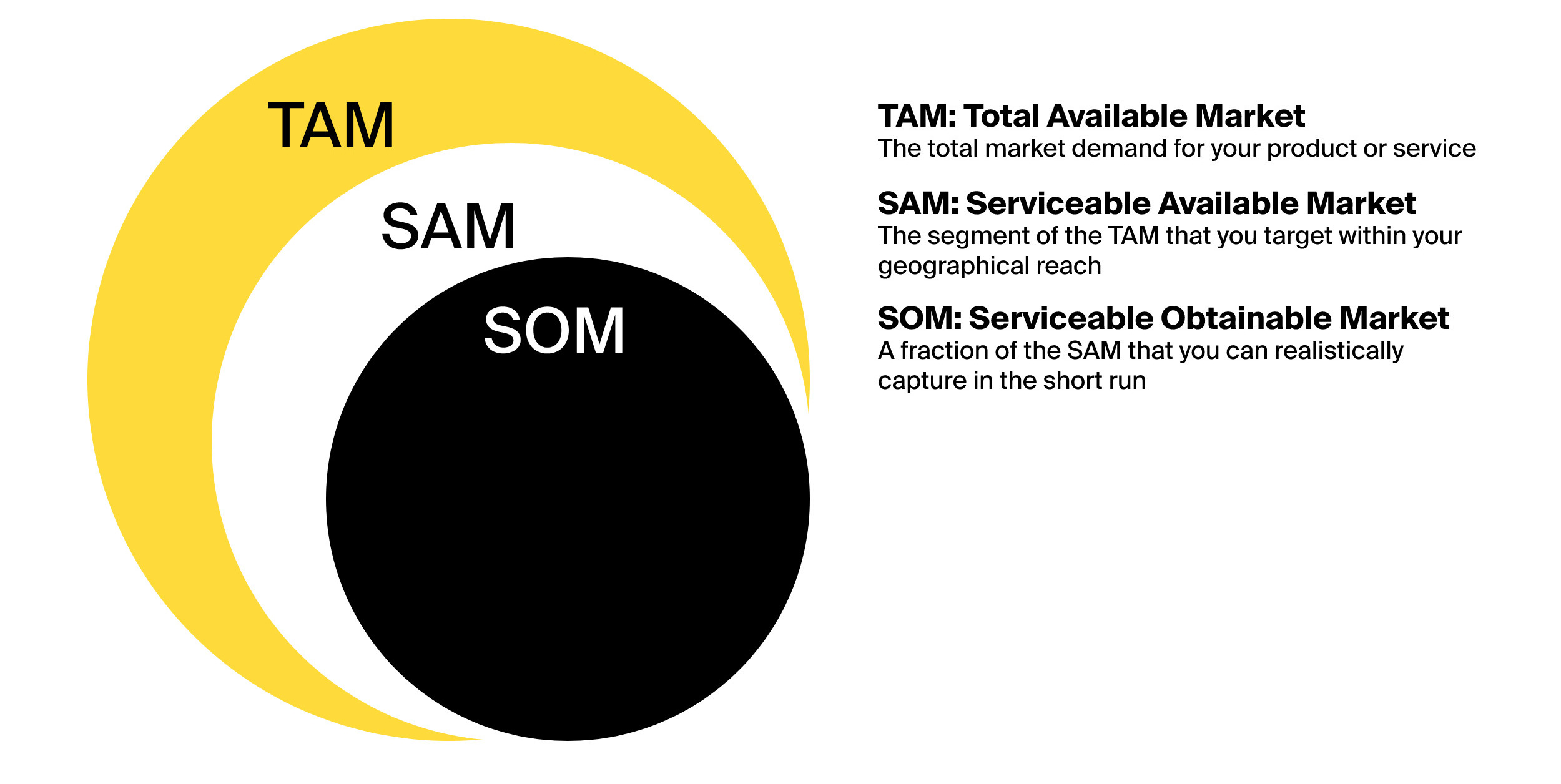Here, it is important to cite reputable resources (Gartner, Cisco, Forrester, etc.) to avoid unsupported allegations. And spend some time understanding where you fit in the competitive landscape. In case you’re using the
Gartner’s Magic Quadrant, don't place your company in the upper right corner: after all, it’s your no-name startup against well-known brands like UberEats (at least at this stage).
Don't forget to analyze your strengths, weaknesses, opportunities and threats (SWOT), too: acknowledgment is the first step to improvement.




